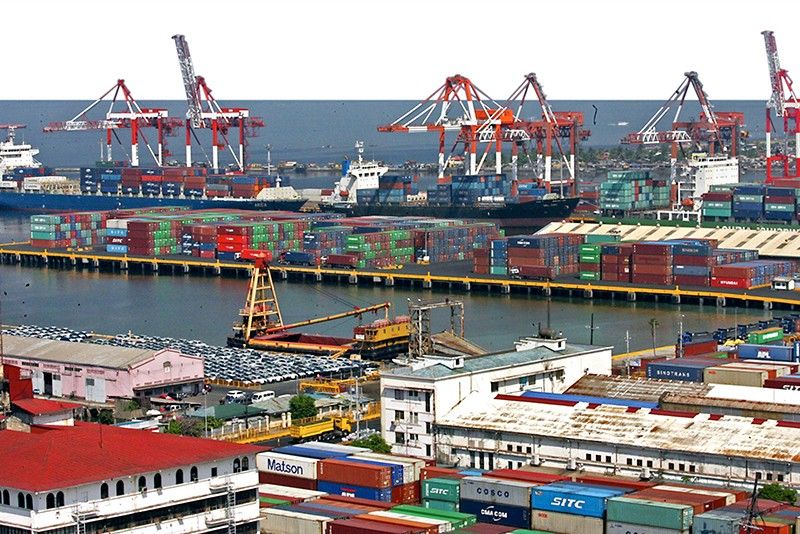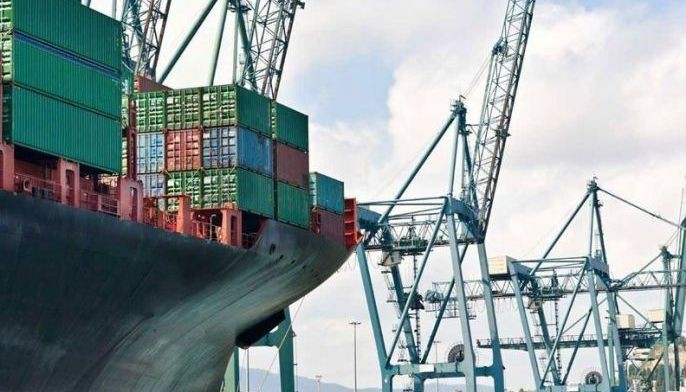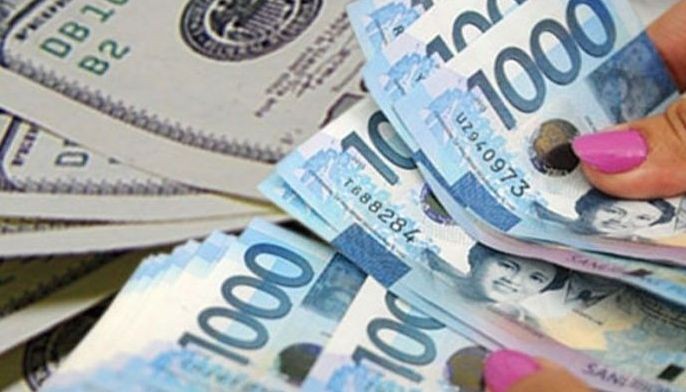November trade deficit narrows to $3.9 billion

MANILA, Philippines — The Philippines’ trade gap narrowed in November after imports decelerated while outbound shipments posted negative growth, the country’s statistics agency reported.
Trade deficit in November stood at $3.90 billion, narrower than the record-high $4.08 billion gap registered in October but wider than $3.28 billion deficit a year ago.
Broken down, imports grew 6.8 percent year-on-year to $9.47 billion in November, the slowest pace in eight months. Exports contracted 0.3 percent to $5.57 from a year ago, the first decline in six months.
Year-to-date, the nation’s trade deficit ballooned to $37.69 billion, larger than $23.41 billion shortfall in the same period in 2017.
Trade gap in the Philippines has been swelling since 2017 amid a sustained rise in imports to feed the Duterte government’s ambitious infrastructure program, reversing the nation’s current account surplus to a deficit and pressuring the peso.
The country’s economic managers have repeatedly said high imports would “support domestic economic expansion.”
“With both the government and corporates doubling down on this capital-intensive growth, wide trade gaps are likely to be the norm in the medium term,” said Nicholas Mapa, senior economist at ING Bank in Manila.
According to Mapa, the slump in November import bill was led by consumer goods, mainly due to the 28.1 percent contraction for passenger cars following a “buying spree” ahead of the 2018 implementation of higher auto taxes.
Despite the protracted weakness of the peso, exports have posted a disappointing 0.9 percent growth rate from January to November.
“Exports have seen a nice rebound. But they continue to lag outbound shipments with more than half of the entire portfolio linked to the weak electronics sector,” Mapa said.
“These products rely heavily on imported components for production, which could explain why several episodes of peso depreciation have not been able to give the export sector the type of boost it sorely needs,” he added.
The local currency capped off 2018 at P52.58 versus the dollar, weaker than its 2017 close of P49.93. Last October 4, the peso ended at P54.325 against the greenback, which was the local unit’s weakest in almost 13 years.
“Going forward, the current account will likely remain in the red as imports are well ahead of outbound shipments,” Mapa said.
“The PHP has been benefiting from the EM rally in the first few weeks of the year with the Fed seen to be more dovish than last year. With the Philippines expected to post current account deficits for the foreseeable future, we expect further pressure on the PHP to return in the coming months,” he added.
- Latest
- Trending
































